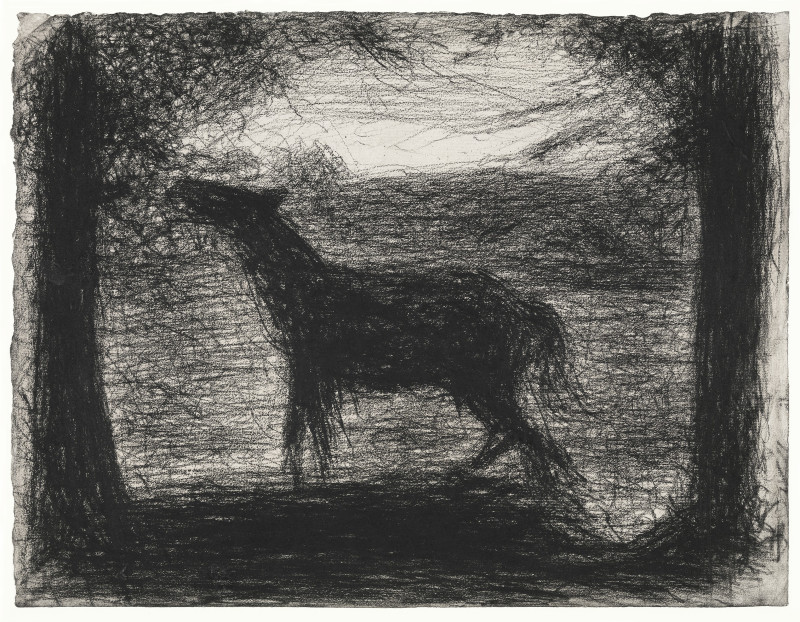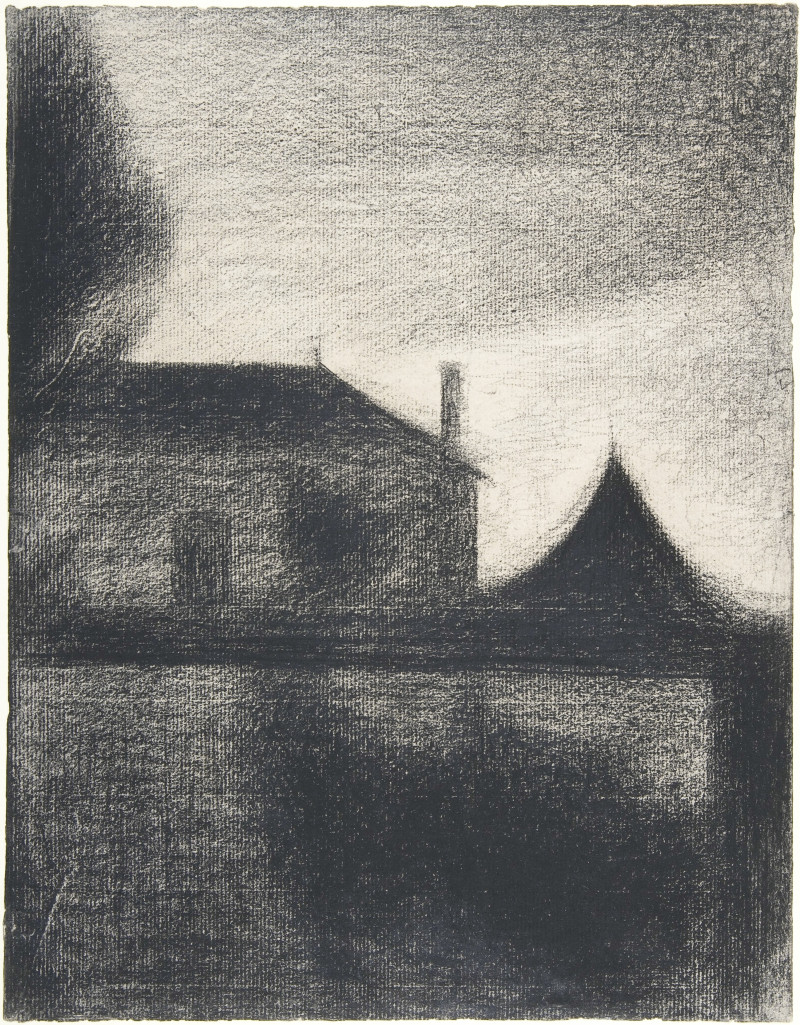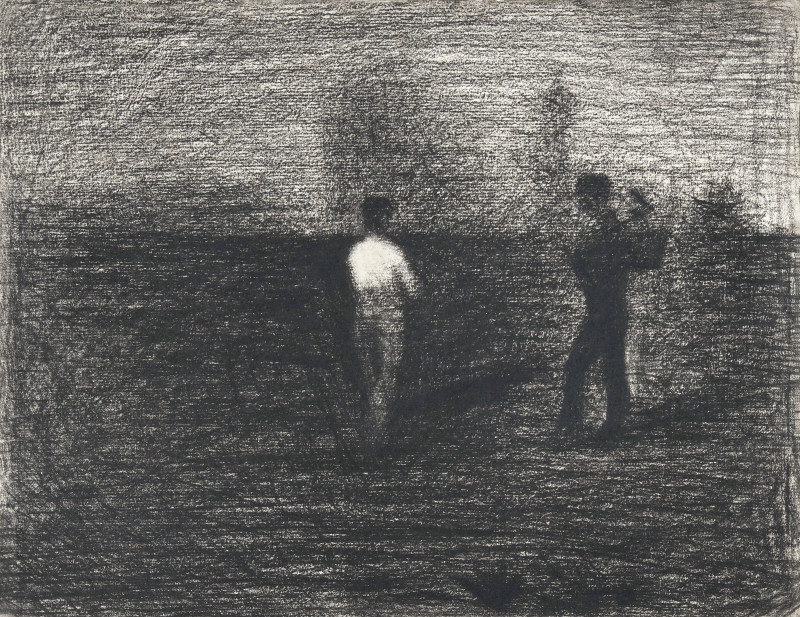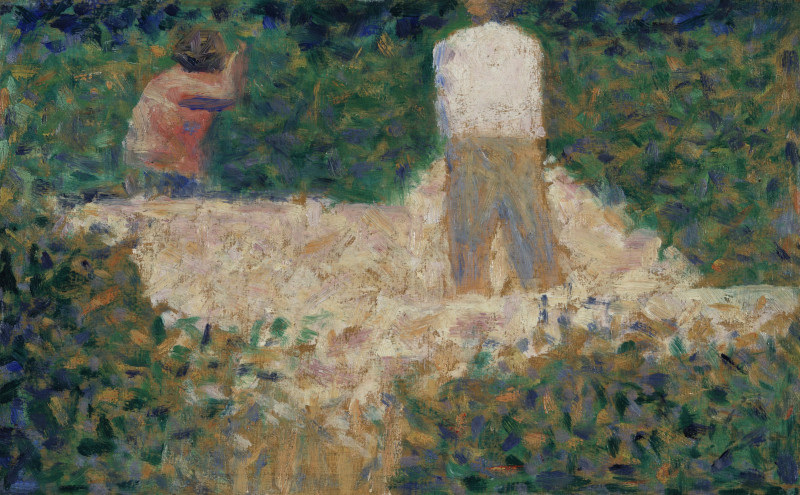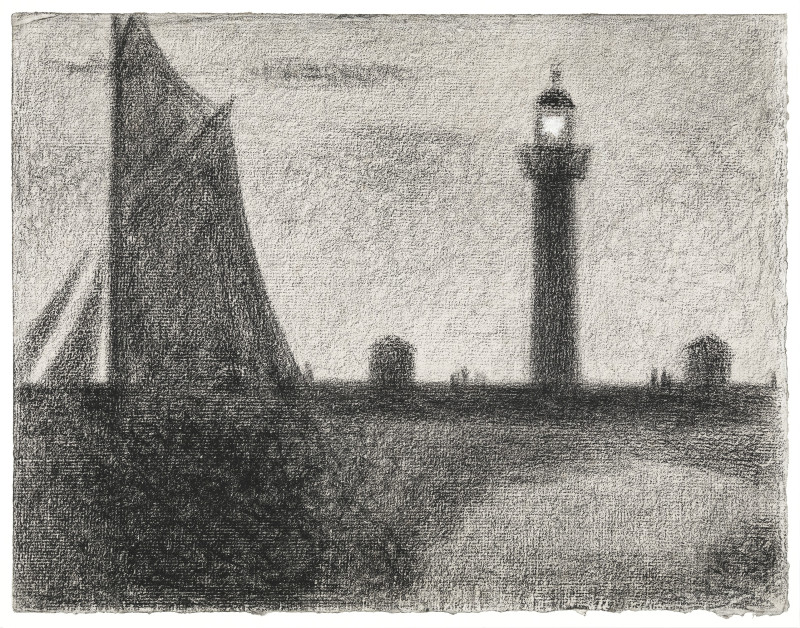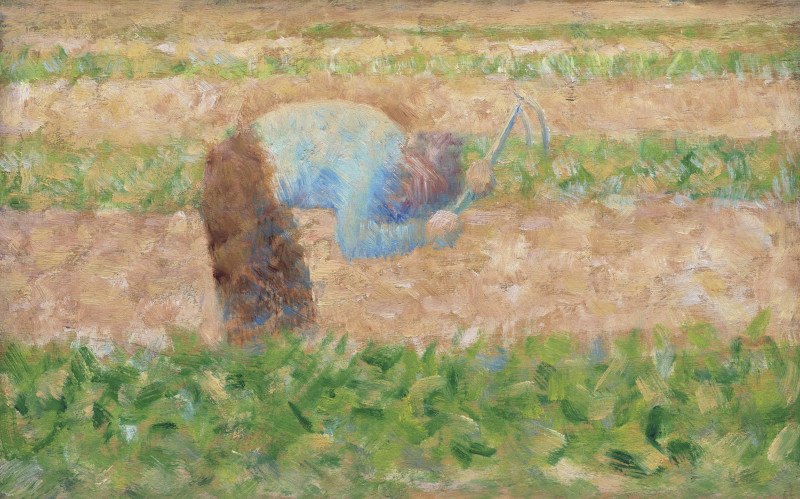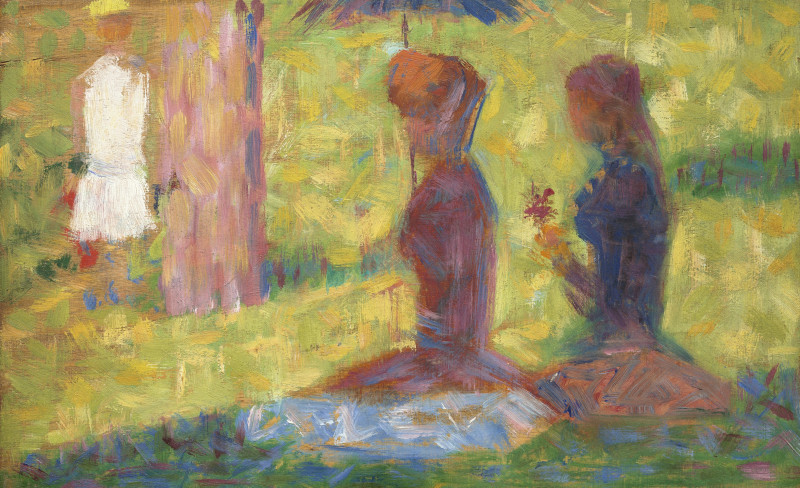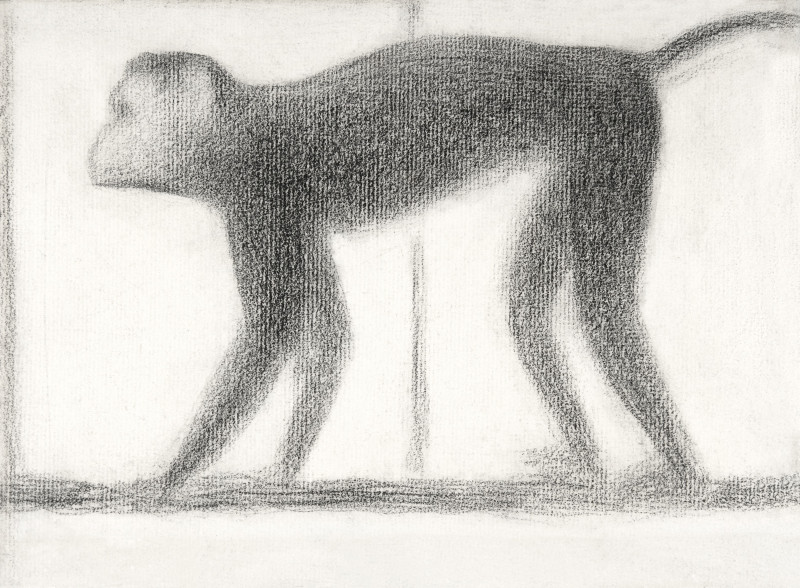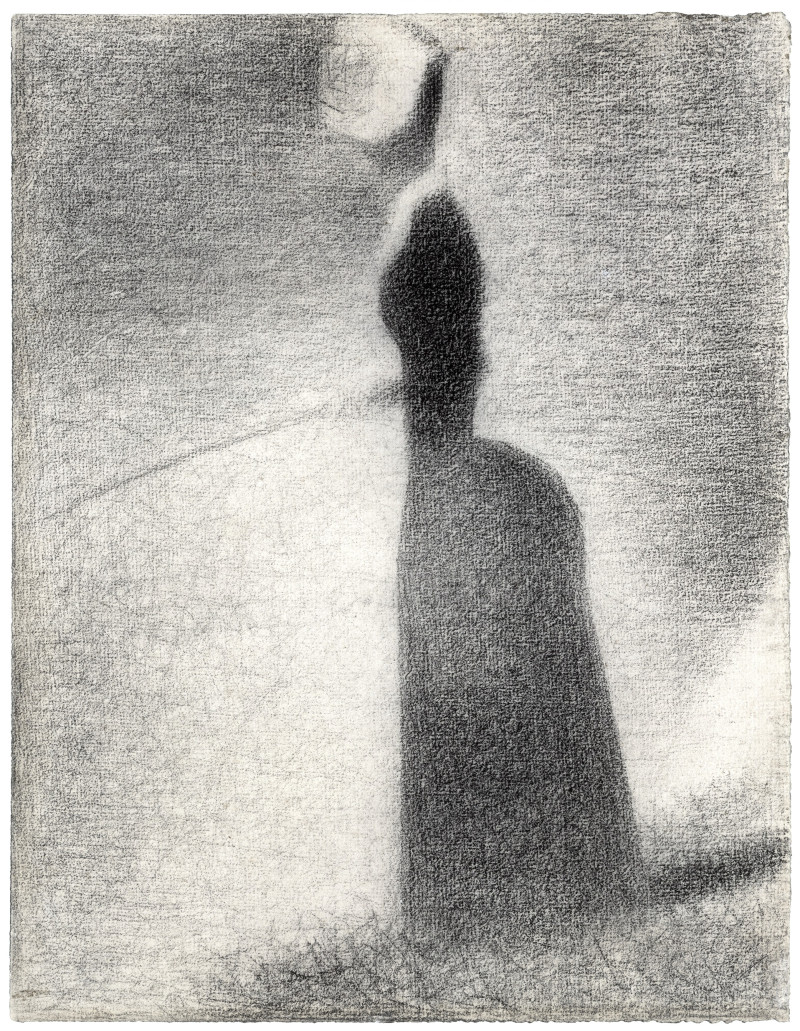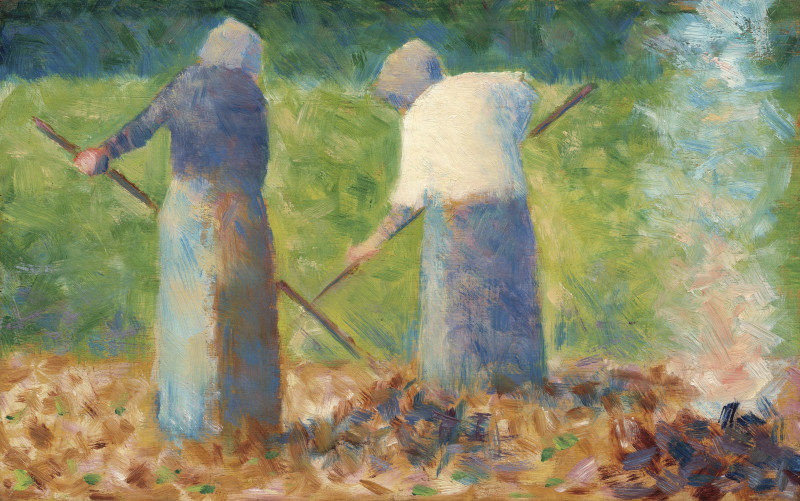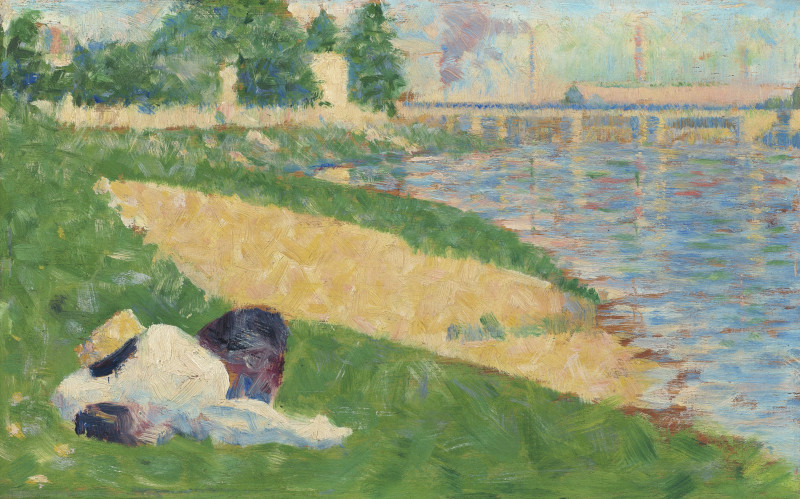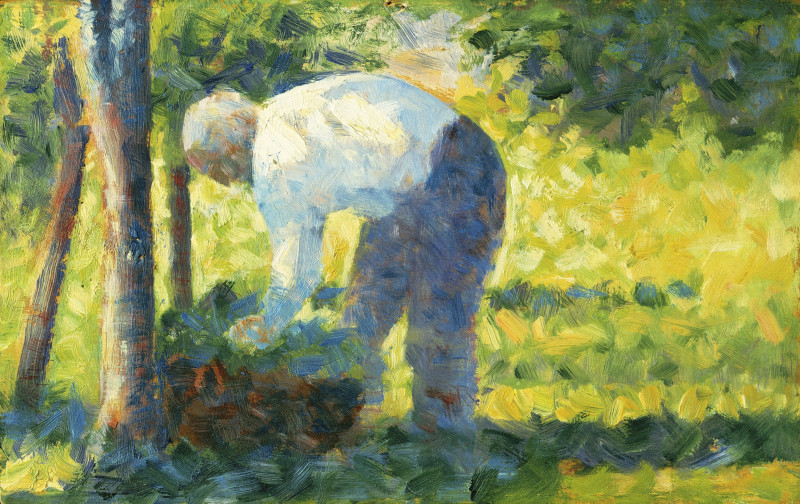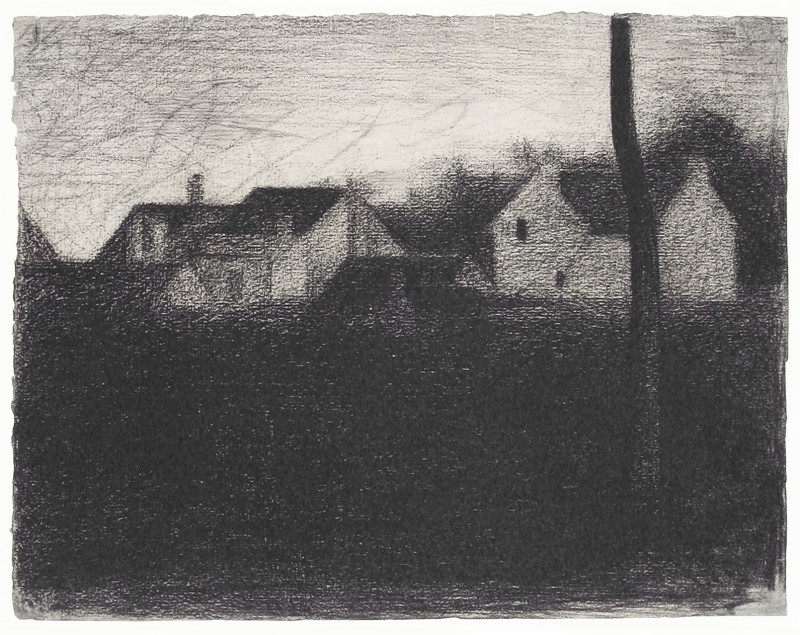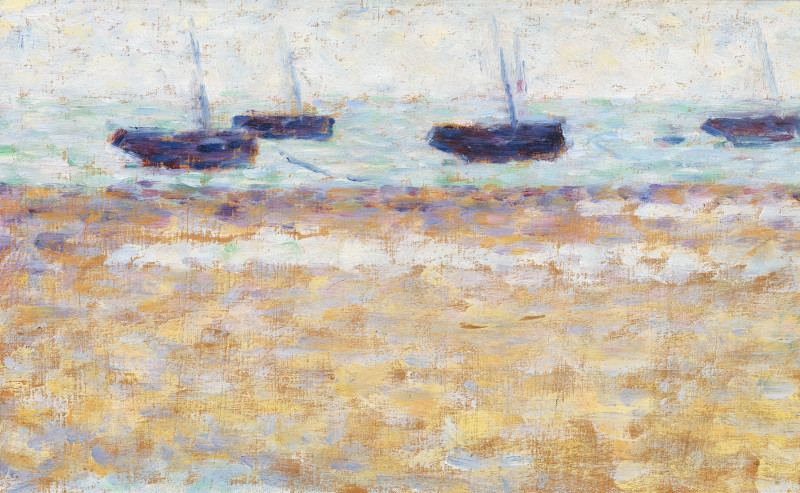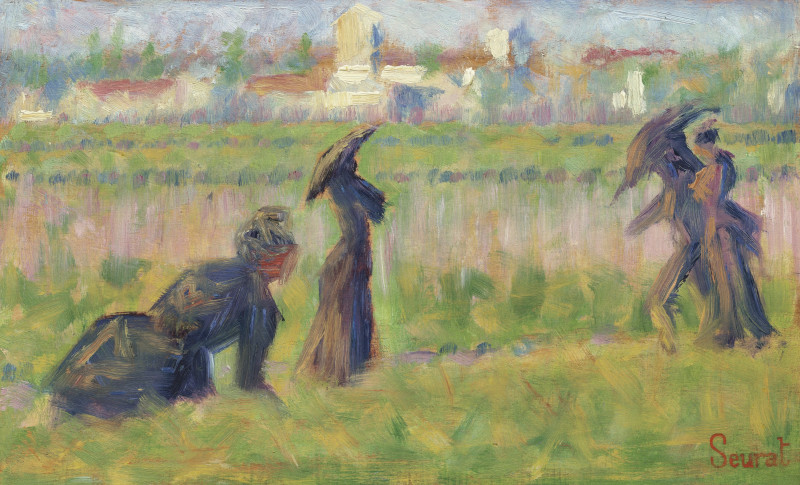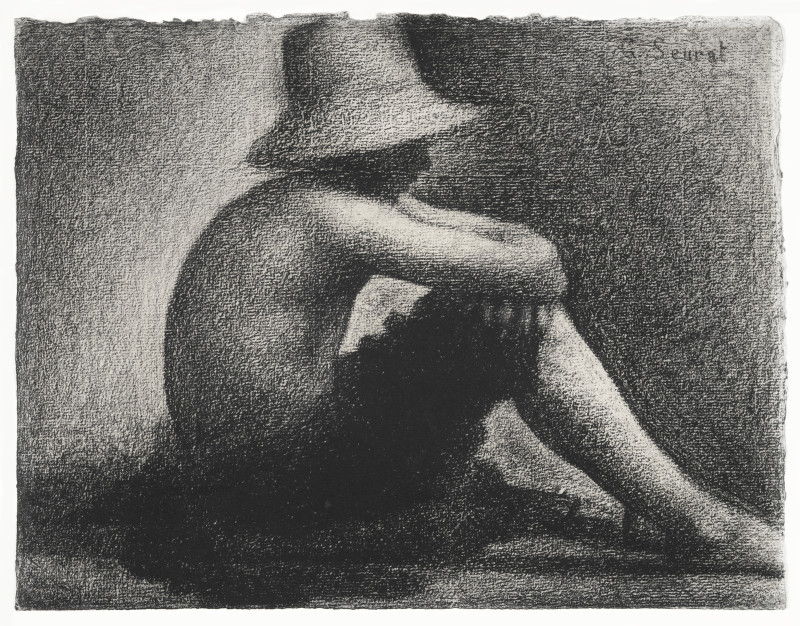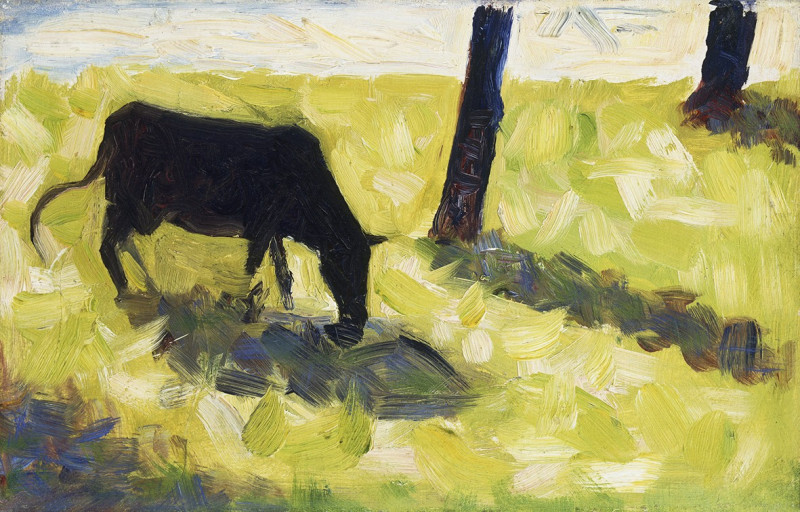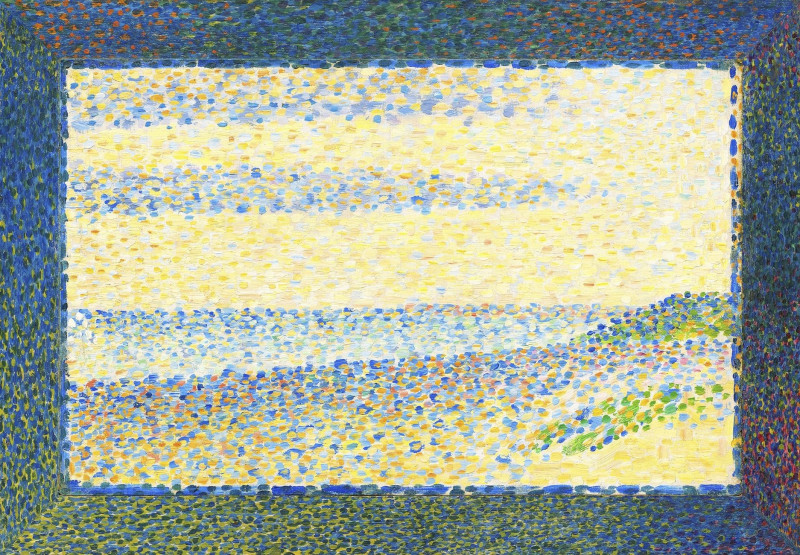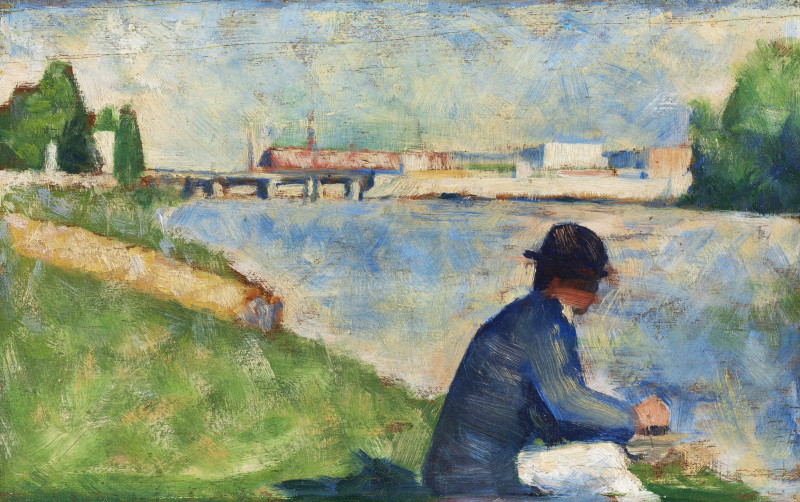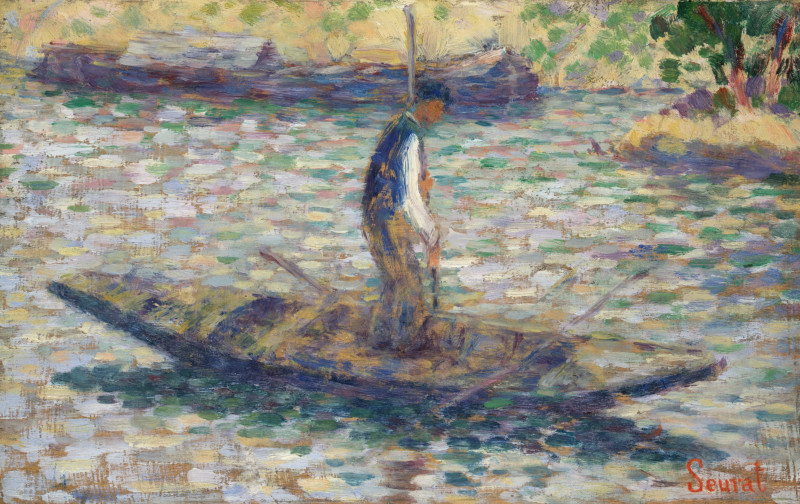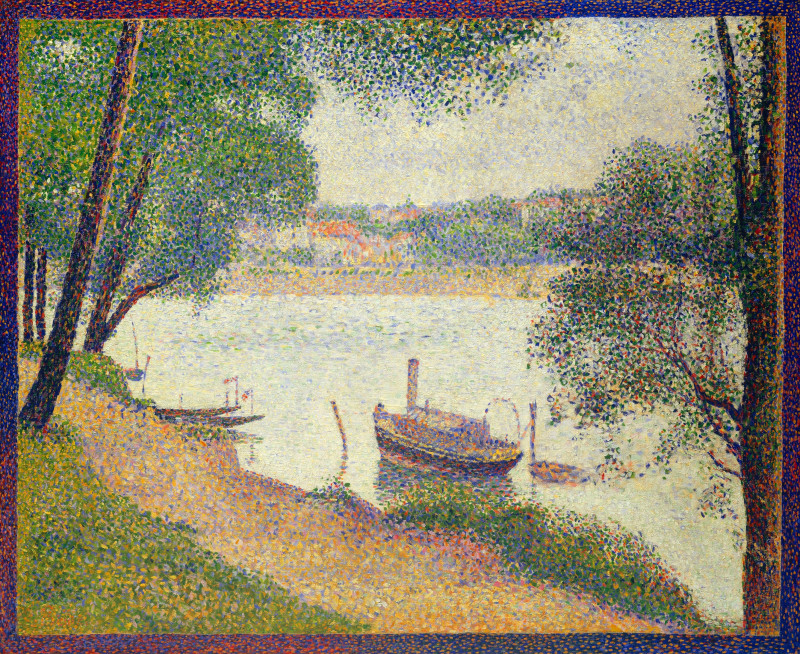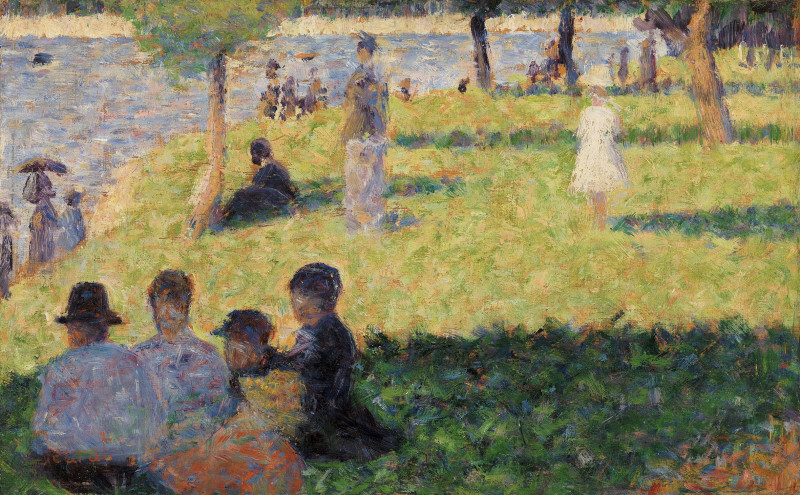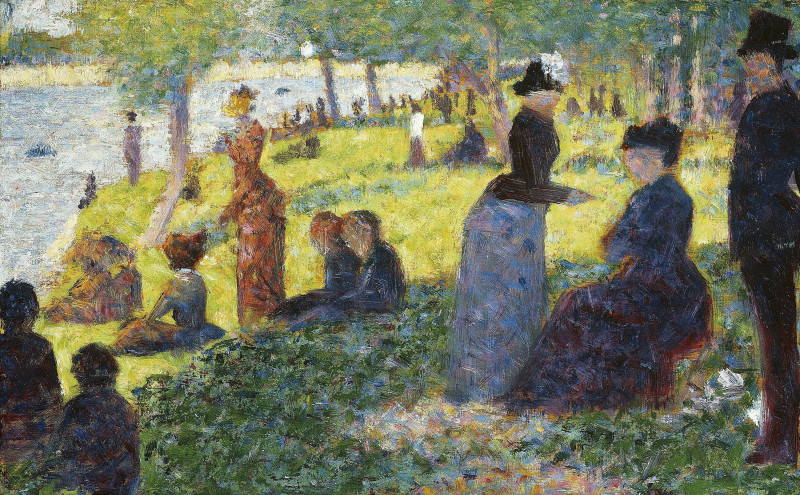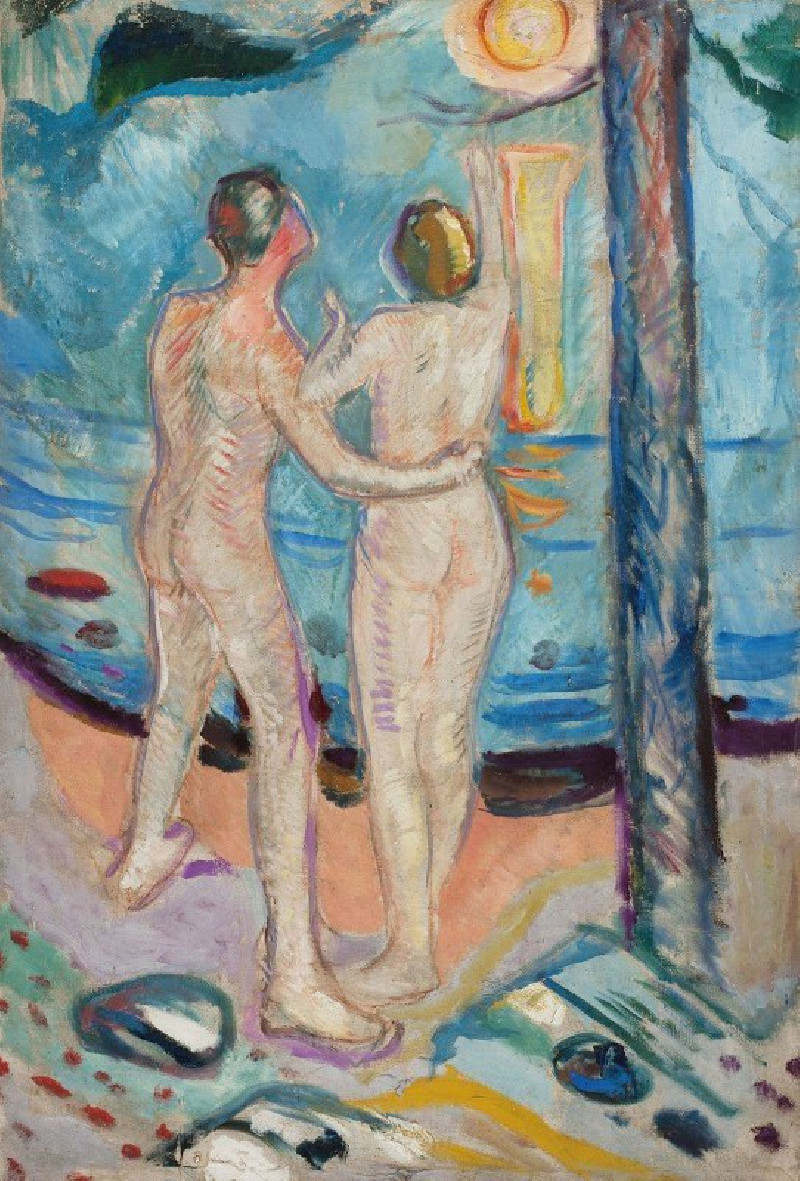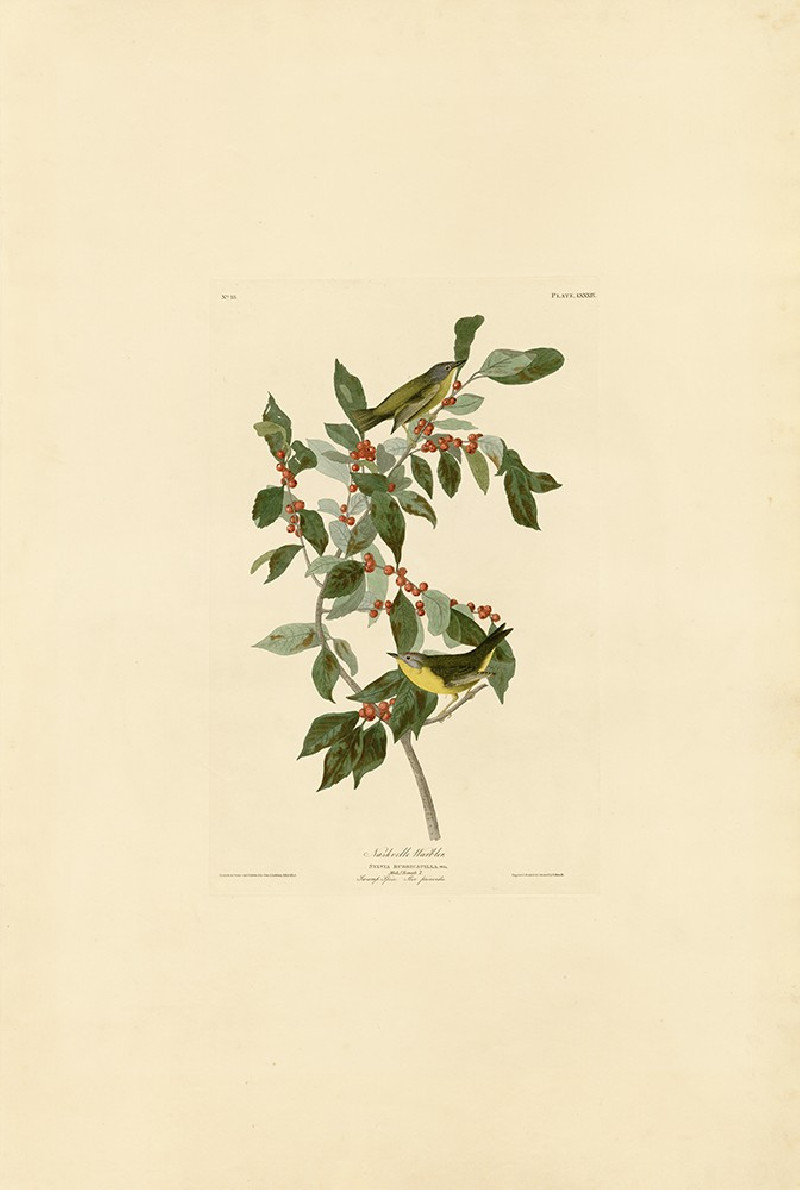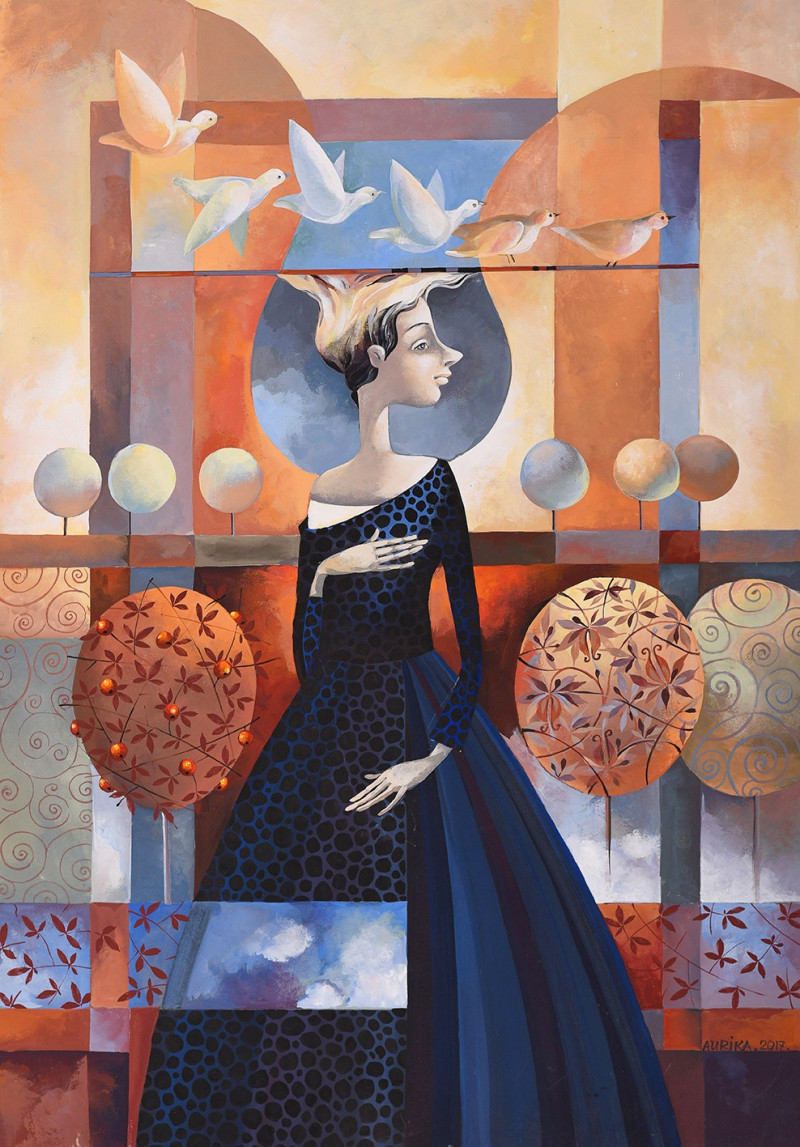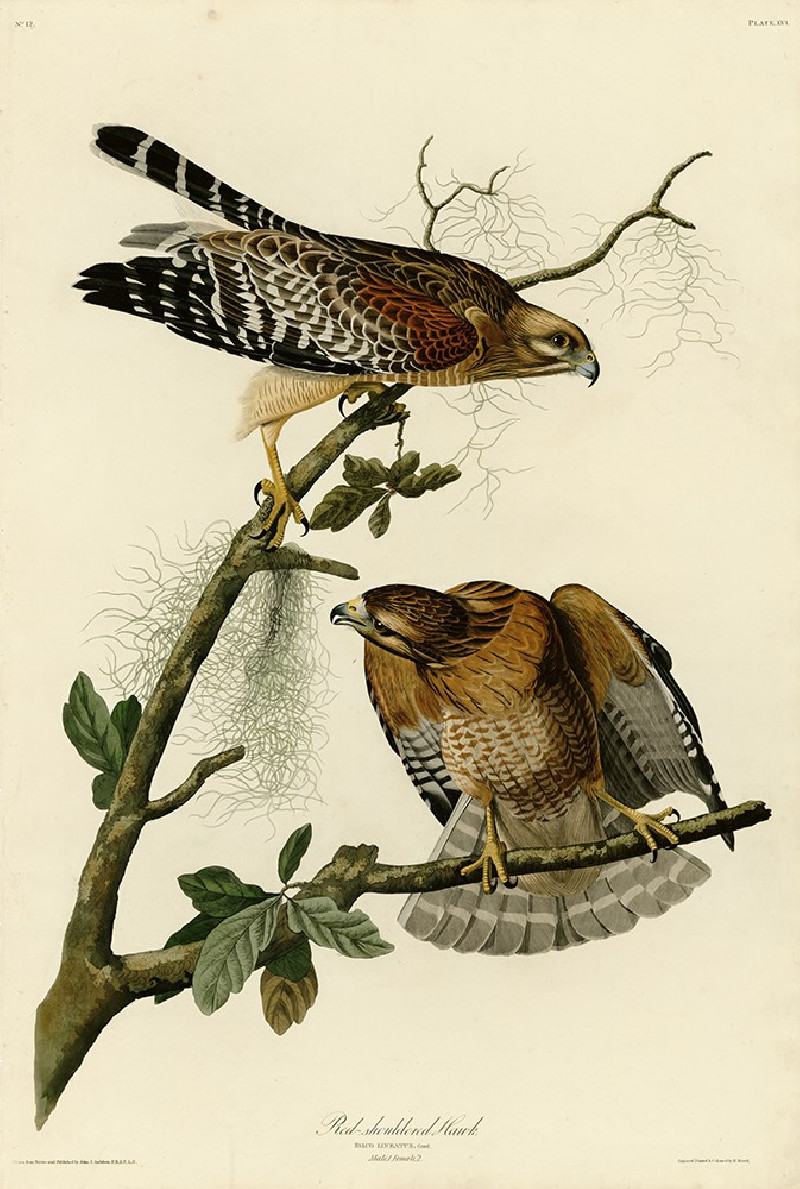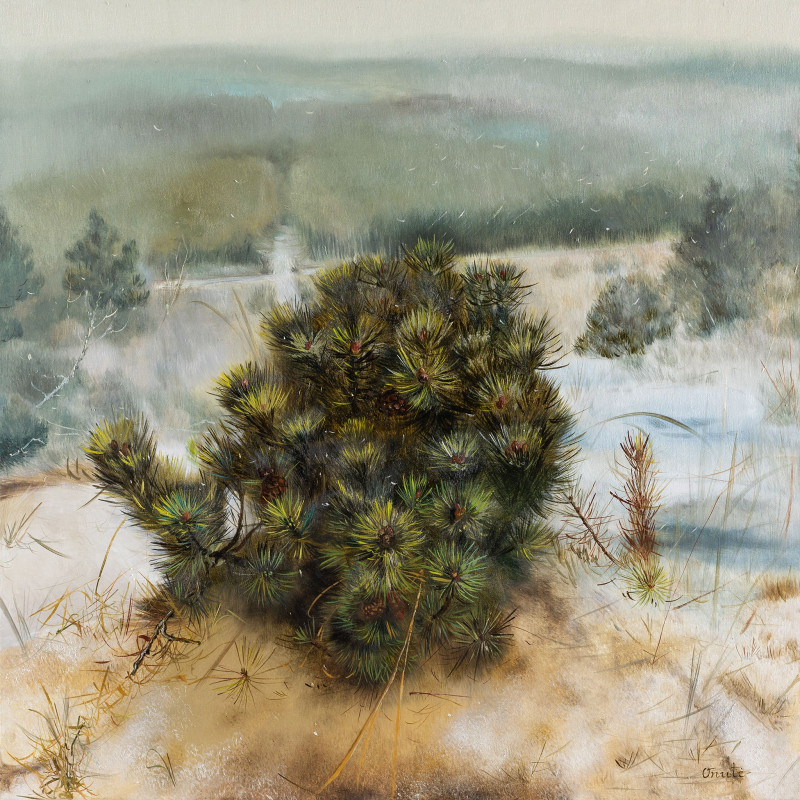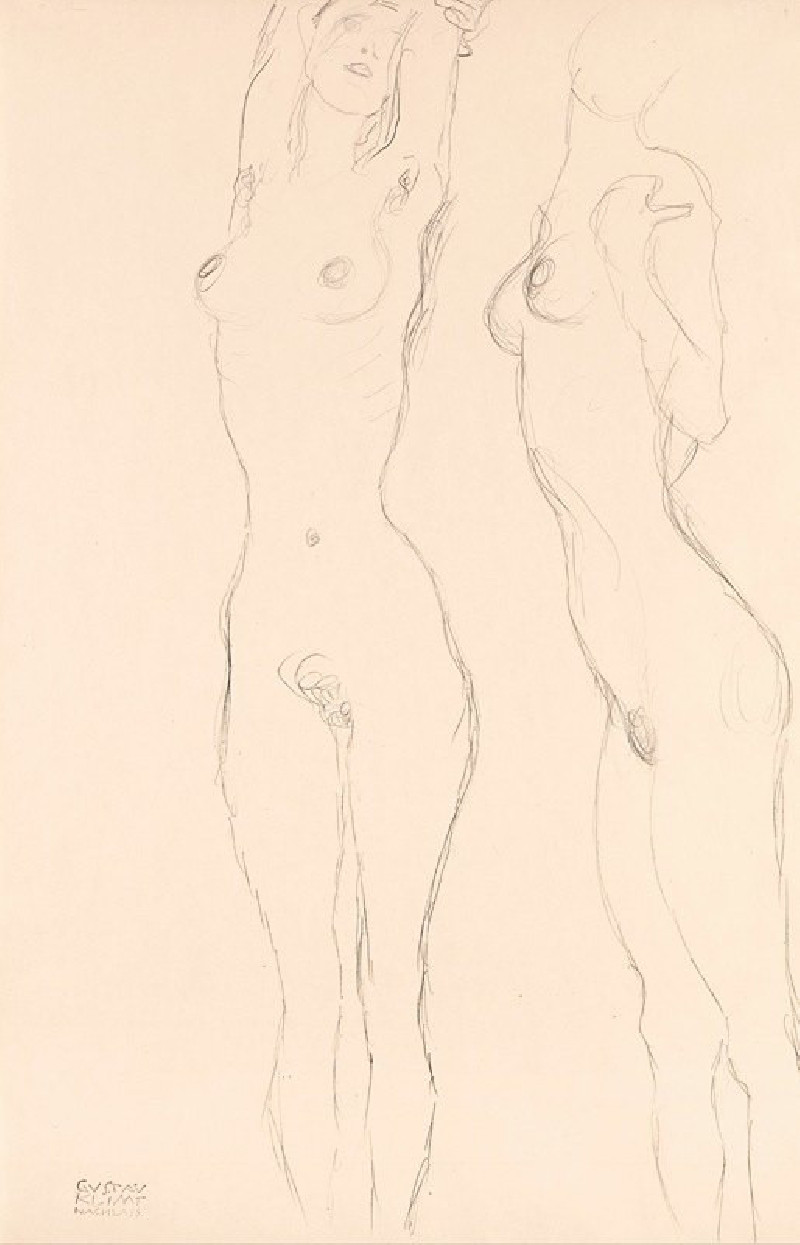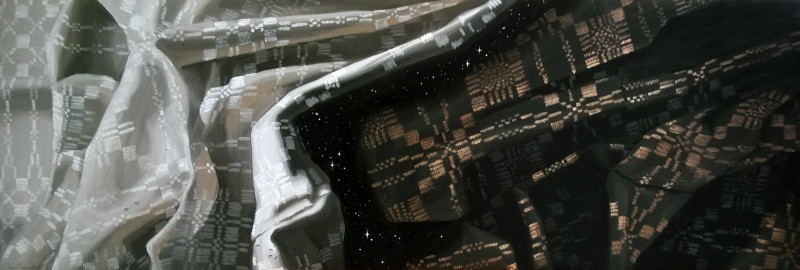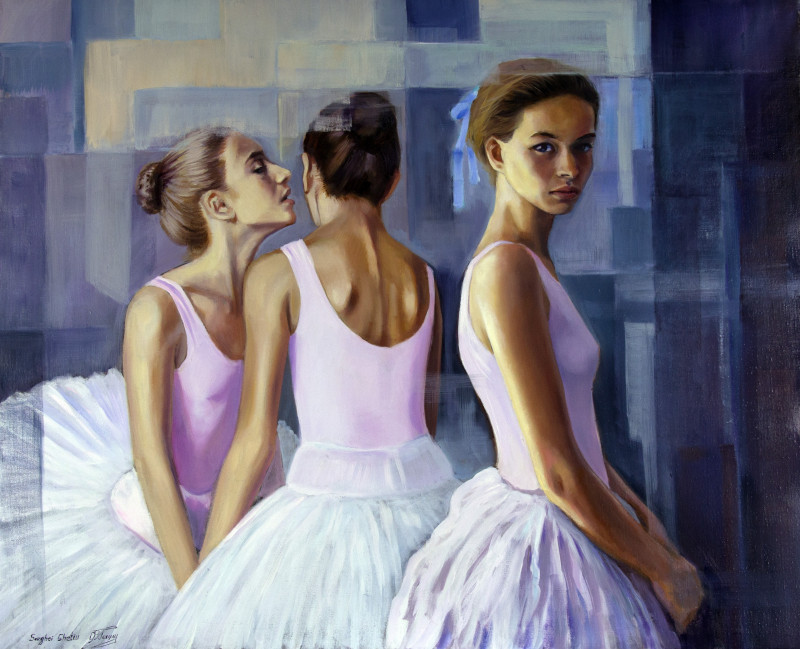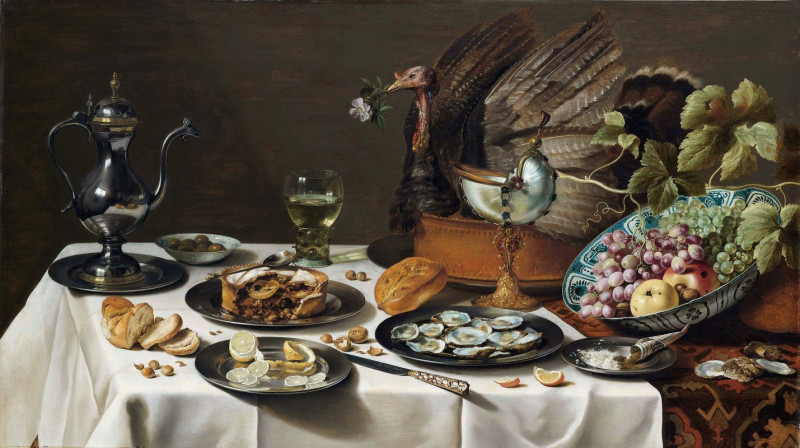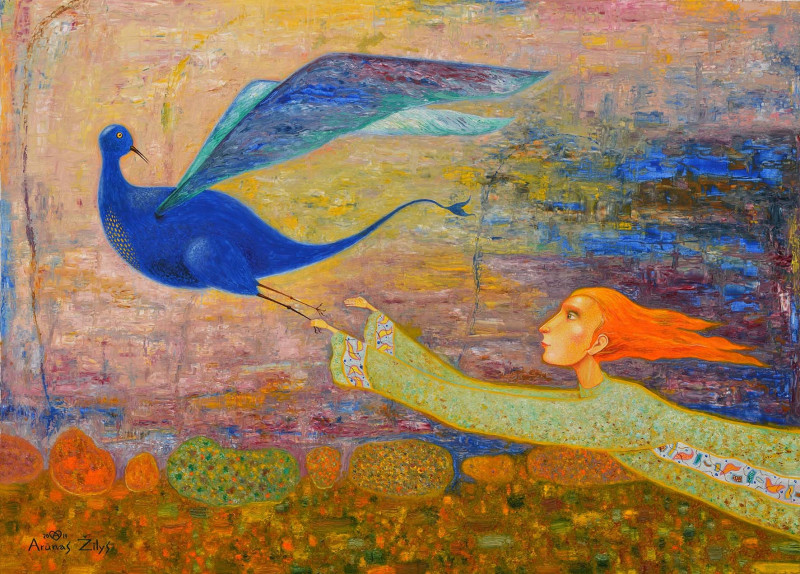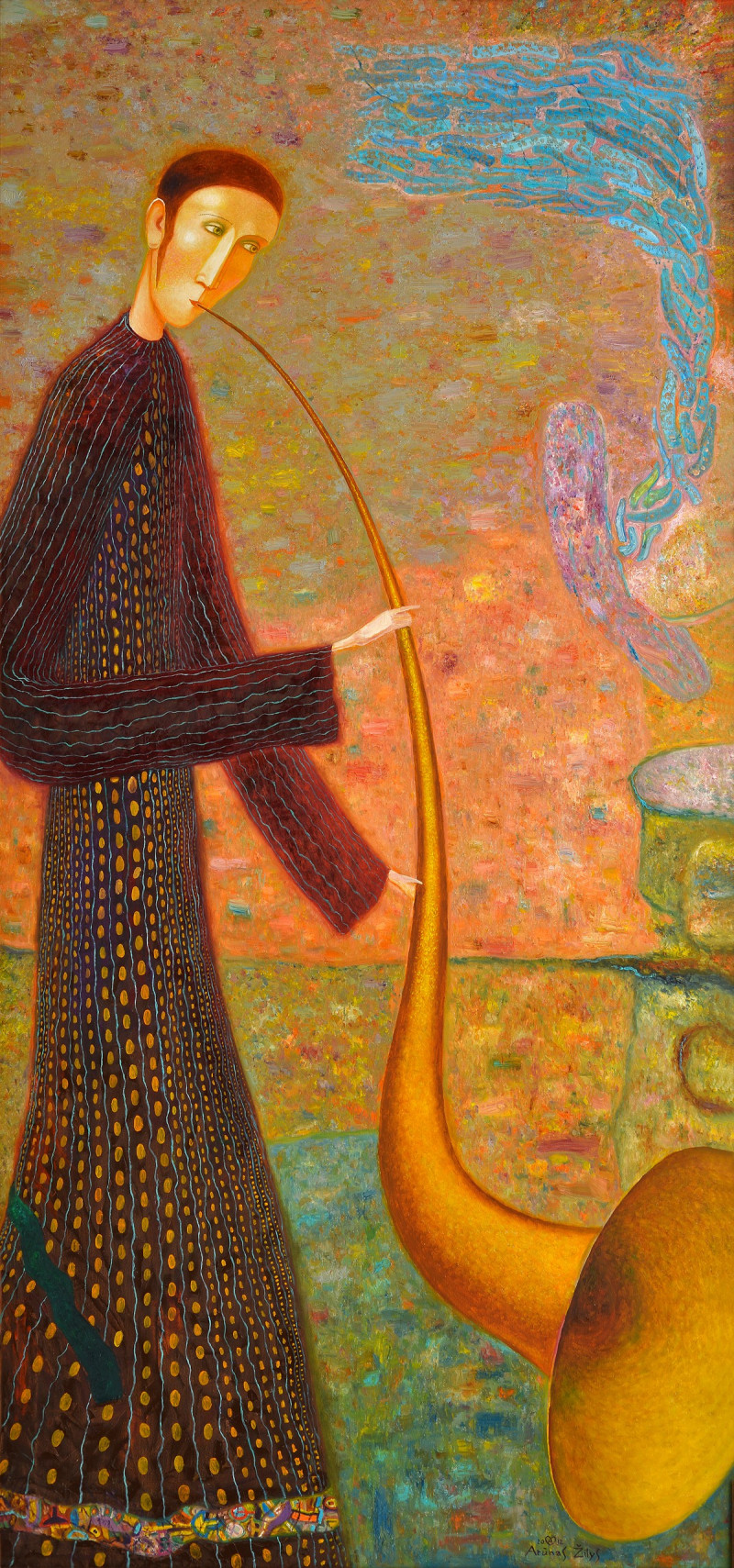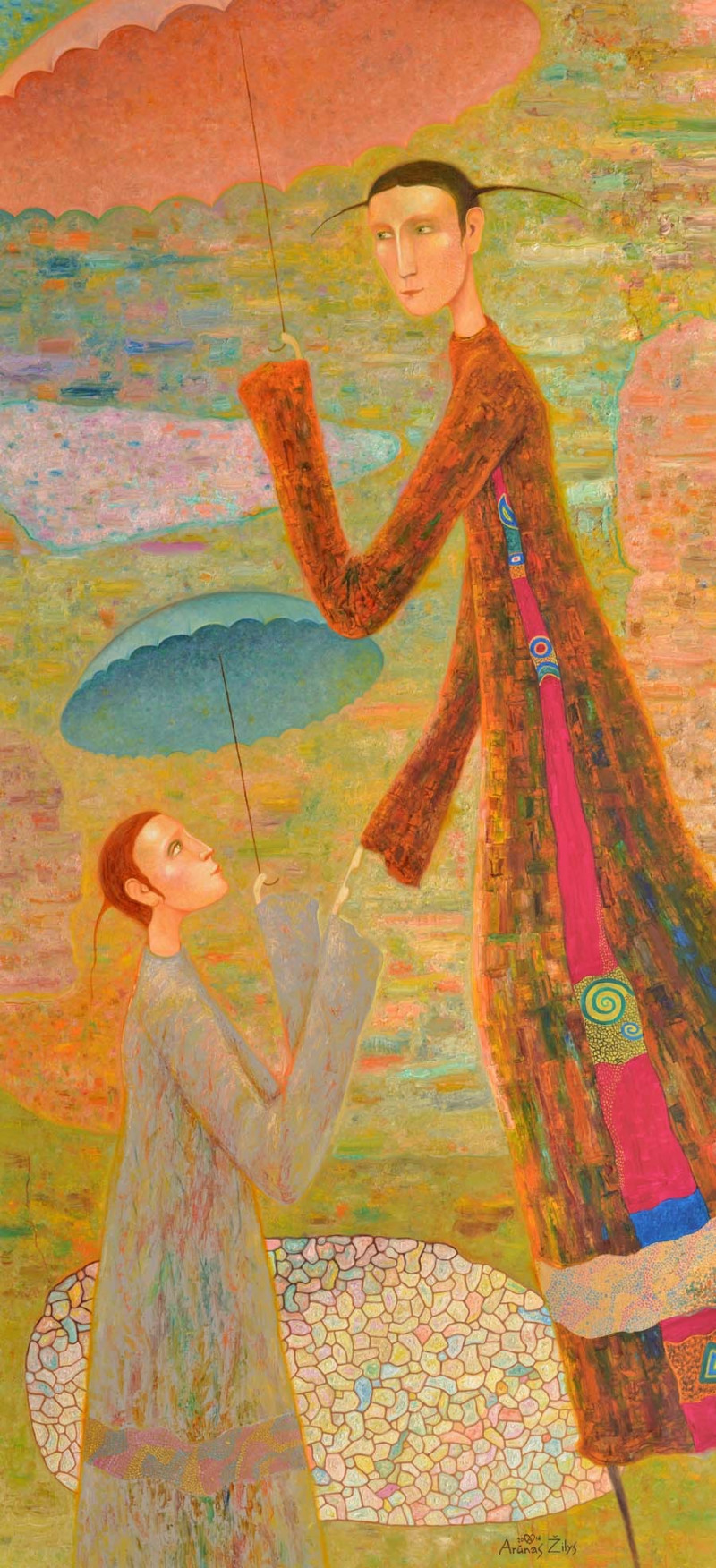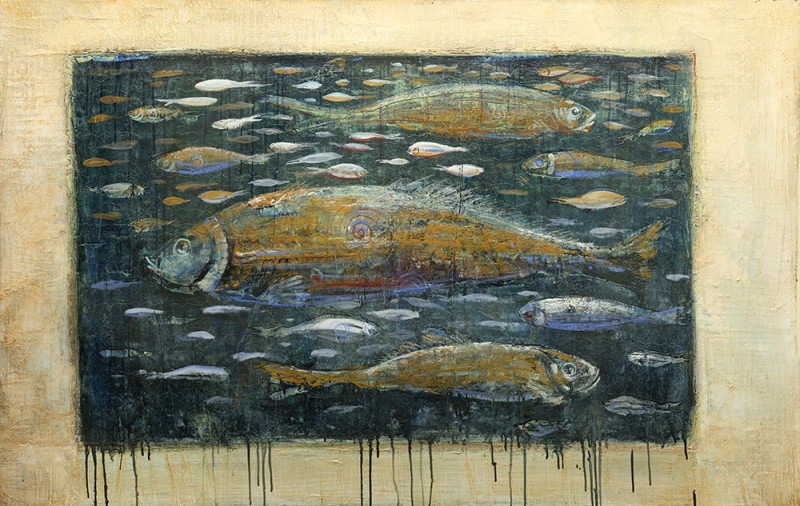Foal, Le Poulain (ca. 1882–1883)
More about this artwork
Delivery
Reproductions are made to order and take 5 to 7 working days.
We send them out by courier and delivery takes another two working days.
If you need a reproduction sooner, please contact us - we can usually find a solution and produce it a little faster.
If you don't want to pay for postage, you can pick up your paintings at our galleries in Kaunas or Vilnius.
Returns
Yes, reproductions can be returned.
If you have any doubts more than 30 days after the date of purchase, please contact us - we will take the reproduction back for a refund or offer you a replacement!
We accept a maximum of two returns per customer - please note that we make reproductions to order, so please choose responsibly.
We do not refund shipping expenses.
Georges-Pierre Seurat (1859–1891) was a French artist and painter. Seurat's paintings were known for vibrancy of color and the use of tiny brushstrokes of contrasting colors. His intense interest in line, color, color theory, and optical effects formed the basis of Divisionism, whereas the use of layering small brushstrokes and dots formed the basis of Pointillism. His iconic late 19th-century painting, "A Sunday Afternoon on the Island of La Grande Jatte" (1884), paved the way for the initiation of Neo-impressionism.
Seurat was only 31 when he died, yet he left behind an influential body of work, comprising seven monumental paintings, hundreds of drawings and sketches, and around 40 smaller-scale paintings and sketches. Although his oeuvre is relatively small in quantity, it had a lasting impact. He was among the first artists to make a systematic and devoted use of color theory, and his technical innovations influenced many of his peers.

